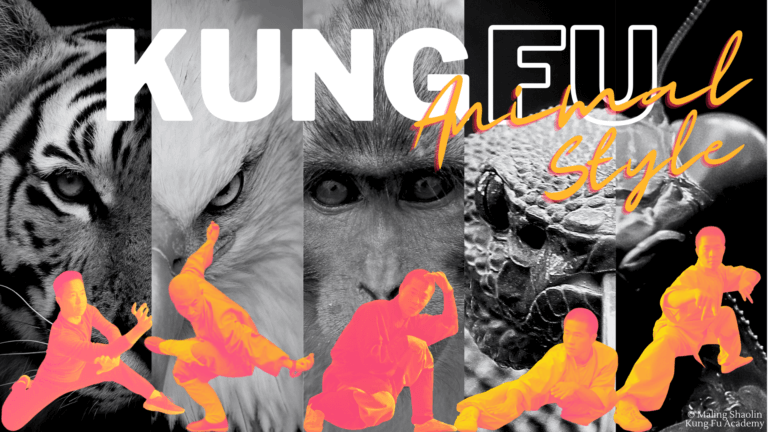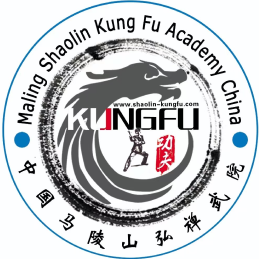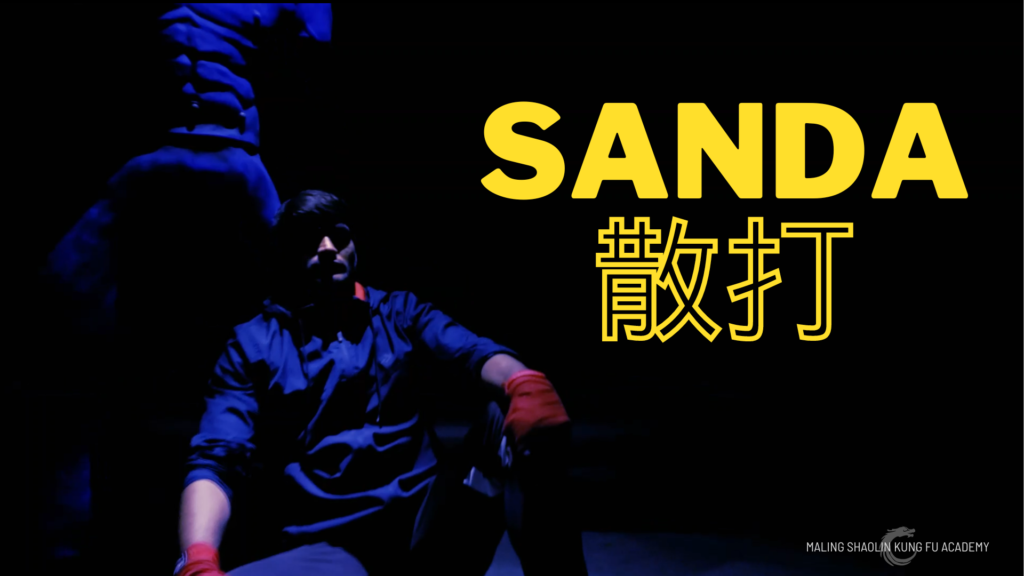
Sanda, also known as Chinese Kickboxing or Sanshou, is a dynamic and modern Chinese martial art that combines elements of traditional Chinese boxing (Quanfa) with full-contact fighting techniques. With its roots deeply embedded in ancient Chinese combat systems, Sanda has evolved into a highly effective and practical fighting style renowned for its emphasis on realistic combat scenarios and rigorous training methods. In this article, we delve into the essence of Sanda, examining its history, techniques, training methods, and contemporary relevance in the world of martial arts.
Historical Background
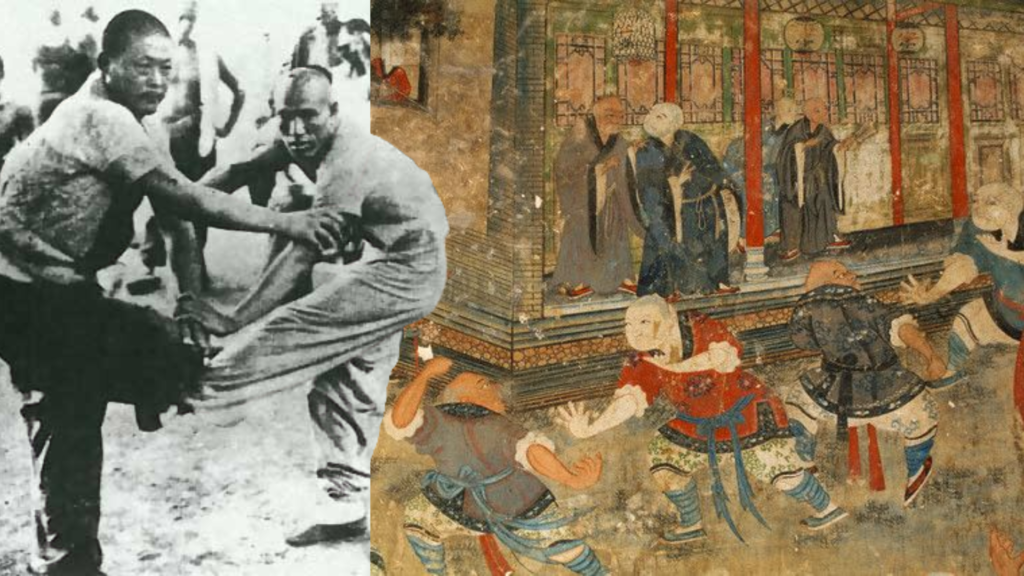
Sanda traces its origins back to ancient China, where it was developed as a comprehensive system of unarmed combat for soldiers and warriors. Drawing inspiration from traditional Chinese martial arts such as Shaolin Kung Fu and military hand-to-hand combat techniques, Sanda was refined and codified over centuries of practical application and battlefield experience. In the modern era, Sanda emerged as a distinct martial art in the early 20th century, influenced by the efforts of martial arts masters to preserve and adapt traditional combat techniques for contemporary self-defense and combat sports competitions.
Sanshou (translated as scatter hands, 散手), is a term much older than Sanda (Free Striking, 散打). It first appeared in Han Dynasty bamboo slips (居廷漢簡)… Skill in the weapons of war as well as empty hand methods were important for troop training, even though empty hand methods were considered a basic skill. The methods included in the practice of shou bo (手搏, hand fighting) were grappling and striking techniques… Chinese martial arts in general have preserved the ancient practical approach by including the basic elements of fighting such as: kicking (ti 踢 ), punching (da 打), throwing (shuai 摔), seizing (na 拿) and the use of weapons.
ZHONGGUO WU XUE
Techniques and Principles
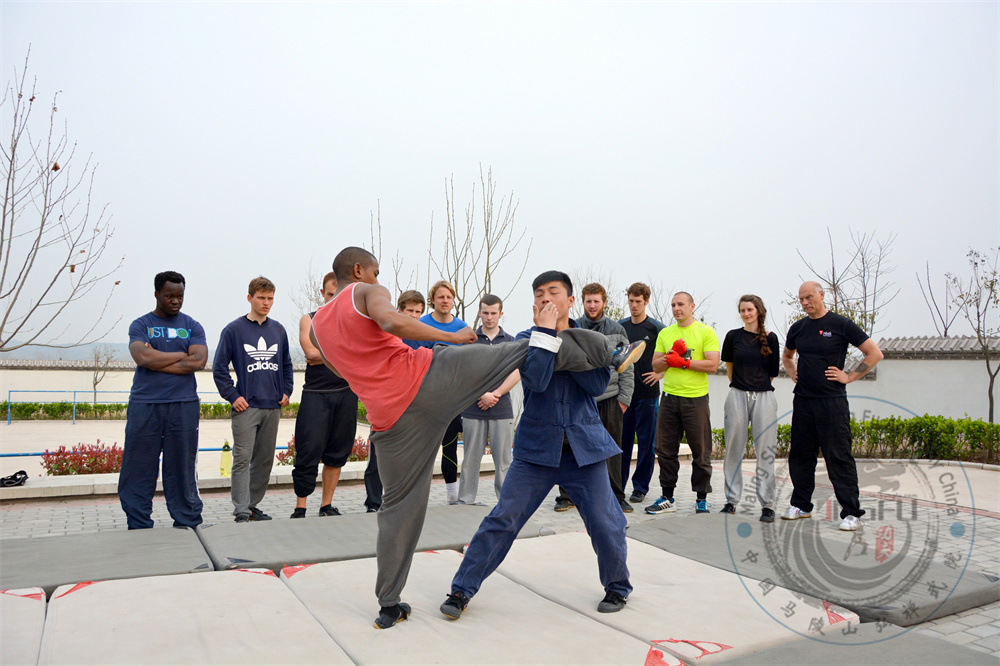
Sanda practitioners are trained in a wide range of striking, kicking, throwing, and grappling techniques, making use of both arms and legs in combat. Strikes include punches, kicks, elbows, and knees, delivered with speed, precision, and power to target vital points on the opponent’s body. Throws and takedowns are executed to off-balance opponents and gain dominant positions in close-quarters combat. The principle of “using four limbs as weapons” (Si Zhi Zhi Bing) underscores the versatility and effectiveness of Sanda techniques, emphasizing fluidity, adaptability, and strategic thinking in combat situations.
Training Methods
Sanda training encompasses a rigorous regimen of physical conditioning, technical drills, sparring, and competition preparation. Practitioners engage in strength and endurance training to develop explosive power, agility, and stamina, essential for sustained performance in full-contact fights. Technical drills focus on refining striking, kicking, and grappling techniques, with an emphasis on practical application and defensive tactics. Sparring sessions allow practitioners to test their skills against resisting opponents in controlled environments, honing their reflexes, timing, and strategic decision-making under pressure.
Competition and Modern Applications
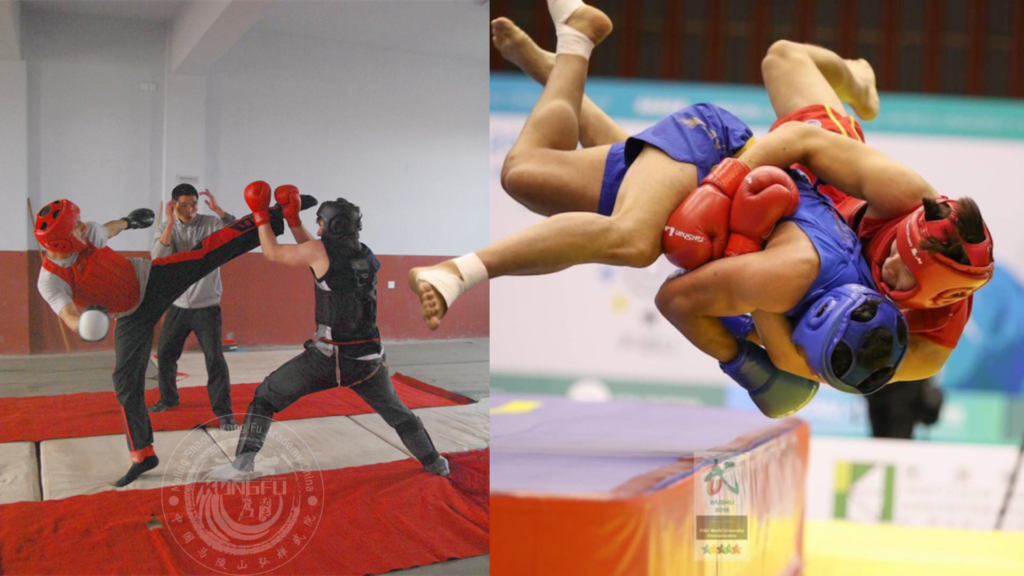
Sanda has gained widespread popularity as a competitive combat sport, with international tournaments and championships attracting skilled fighters from around the world. In Sanda competitions, participants engage in full-contact fights within a defined ring or arena, showcasing their skills in striking, kicking, and throwing techniques while adhering to established rules and regulations. Sanda’s emphasis on realistic combat scenarios and practical self-defense applications has also led to its adoption in military and law enforcement training programs, where it is valued for its effectiveness in real-world confrontations.
Conclusion
Sanda stands as a testament to the evolution and innovation of Chinese martial arts, blending traditional techniques with modern training methods to create a dynamic and effective fighting style. With its emphasis on practical self-defense, physical fitness, and competitive excellence, Sanda continues to captivate practitioners and enthusiasts worldwide, embodying the timeless principles of martial arts mastery and the enduring spirit of Chinese combat traditions. As Sanda evolves and adapts to the demands of the modern era, its legacy as a formidable and respected martial art remains firmly rooted in the hearts and minds of martial artists everywhere.
MSKFA Styles: Sanda
Interested to learn more about Sanda? Here at Maling Shaolin Kung Fu Academy, we offer a wide range of disciplines including Northern Shaolin Kung Fu, Sanda, Tai Chi, Wing Chun, Baji, Xingyi, Bagua, and Animal Styles, among others. In fact, Sanda is a specialty of Master Yan! Click below to check out more on our styles and offerings:



